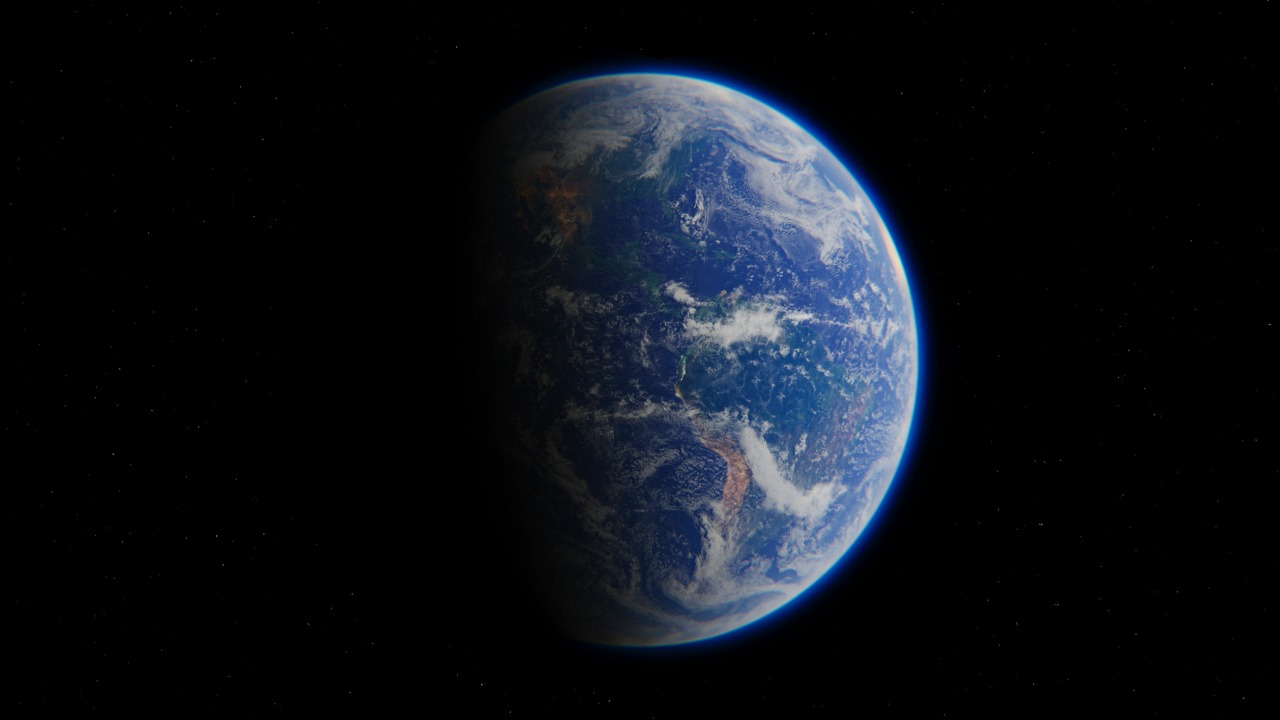
For the past 60 years, Earth has had a secret companion in space—a quasi-moon that has been sharing our planet’s orbit around the Sun. This celestial body has been orbiting undetected, challenging our understanding of solitary orbits in the solar system. Recent discoveries have shed light on this quasi-moon’s stable path, revealing how it has remained in sync with Earth for decades.
Defining a Quasi-Moon
In astronomical terms, a “quasi-moon” is an object that orbits the Sun rather than Earth directly, but maintains a 1:1 resonance with Earth’s orbital period. This means that while it doesn’t revolve around Earth like a traditional moon, it appears to follow our planet from certain vantage points due to its synchronized orbit. Unlike true moons, quasi-moons are not gravitationally bound to Earth, which allows them to maintain this unique orbital relationship.
Quasi-moons are relatively rare in the inner solar system. For example, the asteroid 3753 Cruithne is often referred to as Earth’s “second moon” due to its horseshoe orbit that keeps it in resonance with our planet. However, it’s important to note that these objects are not moons in the traditional sense, but rather co-orbital objects that share our journey around the Sun [source].
The Discovery Timeline
The recent identification of Earth’s quasi-moon was made possible through advanced telescopic surveys conducted in 2025. The object was first flagged as a potential companion in observational data from that year, leading to further investigation and confirmation of its orbital path. This discovery is a testament to the power of modern astronomy and the role of both amateur and professional astronomers in expanding our understanding of the universe [source].
Orbital Path and Stability
The quasi-moon shares Earth’s orbit around the Sun, with a period matching our planet’s yearly cycle. Its position typically leads or trails Earth by about 60 degrees in the sky, ensuring a long-term companionship without the risk of collision. This stable configuration is maintained by the gravitational influences from both the Sun and Earth, which keep the quasi-moon in a resonant orbit for extended periods [source].
Why It Remained Hidden for Decades
The quasi-moon’s elusive nature can be attributed to its faint appearance and motion, which blended with the background stars in early observations. Essentially, it has been “hiding in plain sight” since approximately 1965, evading detection due to limitations in pre-2025 survey technologies. However, modern computational models have allowed astronomers to retroactively trace its position in historical data, revealing its presence for the past 60 years [source].
Implications for Solar System Dynamics
The existence of this quasi-moon suggests that there may be more undetected companions orbiting Earth or nearby planets. It’s possible that this quasi-moon originated as an asteroid from the main belt, captured by Earth’s gravity and influenced by Jupiter’s gravitational pull over millennia. The stability of such orbits is remarkable, as they can persist for thousands of years under current solar system conditions [source].
Future Research and Observations
With the identification of this quasi-moon, astronomers are planning for upcoming telescope time to measure its size, composition, and exact distance from Earth. There are also opportunities for space missions or ground-based tracking to monitor changes in its orbit over the next decade. Furthermore, public engagement through citizen science projects could contribute to ongoing data collection on this celestial companion, fostering a deeper understanding of our solar system [source].
More from MorningOverview